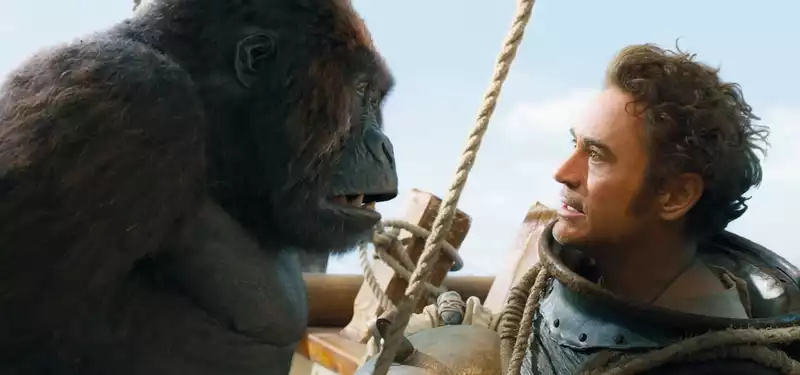Jan 17, 2020
"Dolittle" does not use CG animation very often: the main complaints from critics are
Dolittle has reached screens on a wave of foreboding. News of delays and extensive reshoots spoke of a troubled production. The trailer landed in October to general derision. The movie finally comes out today, and reviews do little to dispel doubts.
Few critics have a good word to say about Dolittle, which stars Robert Downey Jr. in the title role of the quirky veterinarian who talks to animals. They have slammed its incoherent story, unfunny gags, dodgy sound mixing, and lackluster performances from the starry cast - not least Downey's wayward accent (Welsh- Scottish- Jamaican-). Some compare the film unfavorably with the much-maligned Cats. At the time of writing, its critics' score on Rotten Tomatoes is an abysmal 17%. (It's worth noting that the audience score is 75%.)
A running theme in reviews is the misuse of cgi. The hybrid film sees human actors interact with a menagerie of animated beasts. These were handled by MPC, which is familiar with photorealistic animals - it delivered plenty of them on Jon Favreau's The Jungle Book and The Lion King. Framestore, another powerhouse vfx studio, was also involved. The production vfx supervisor was John Dykstra.
While the reviewers generally don't criticize the quality of the animation itself, many question the way the animals are conceived and integrated into the live-action environment. Some explore the wider implications of this kind of hybrid filmmaking. We've distilled their commentary into a few key takeaways:
Dolittle is directed by Stephen Gaghan and written by himself, Dan Gregor, and Doug Mand, from a screen story by Thomas Shepherd. The characters come from Hugh Lofting's original children's books. Joe Roth, Jeff Kirschenbaum, and Susan Downey produce, with executive producers as Robert Downey Jr., Sarah Bradshaw, Zachary Roth, and Jonathan Liebesman. The film is released by Universal Pictures in the U.S. today.




Post your comment